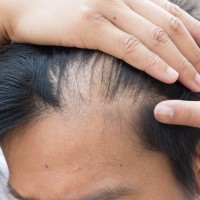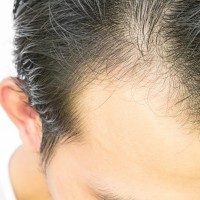
Alopecia is the medical term for hair loss. It refers to a symptom, rather than a specific condition, so it isn’t possible to identify a single, specific cause of alopecia. It is necessary to first identify the type of hair loss that is happening, so that you can get the right treatment and advice from the Harley Street skin clinic.
Alopecia Areata
Alopecia areata causes small patches of baldness, which can affect any part of the body although they are usually spotted on the scalp. Alopecia areata is caused by your immune system attacking the hair follicles, and although it is usually only temporary, it is still best to seek advice from the Harley Street skin clinic.
Scarring Alopecia
Scarring alopecia occurs when the hair follicle is destroyed. It causes permanent hair loss, so it is important to seek treatment at the Harley Street skin clinic right away in order to prevent further loss. Scarring alopecia usually happens as a complication of an underlying skin condition, such as lichen planus, discoid lupus or scleroderma. You may need treatment for this underlying condition in order to prevent more hair loss.
Anagen Effluvium
Anagen effluvium is a term for rapid, widespread hair loss. It is usually temporary. The most common cause of anagen effluvium is cancer treatment such as chemotherapy. However, it isn’t an inevitable consequence of cancer treatment as it depends on the drug and how your body reacts.
Telogen Effluvium
Telogen effluvium is one of the most common types of alopecia. It causes general thinning of the hair rather than creating bald patches, so it can be less noticeable to other people. Telogen effluvium is usually temporary, but it is important to identify the cause so that you can tackle it. Potential causes of telogen effluvium include illness, hormonal changes, mental or physical stress, certain medications, or issues with your diet.


